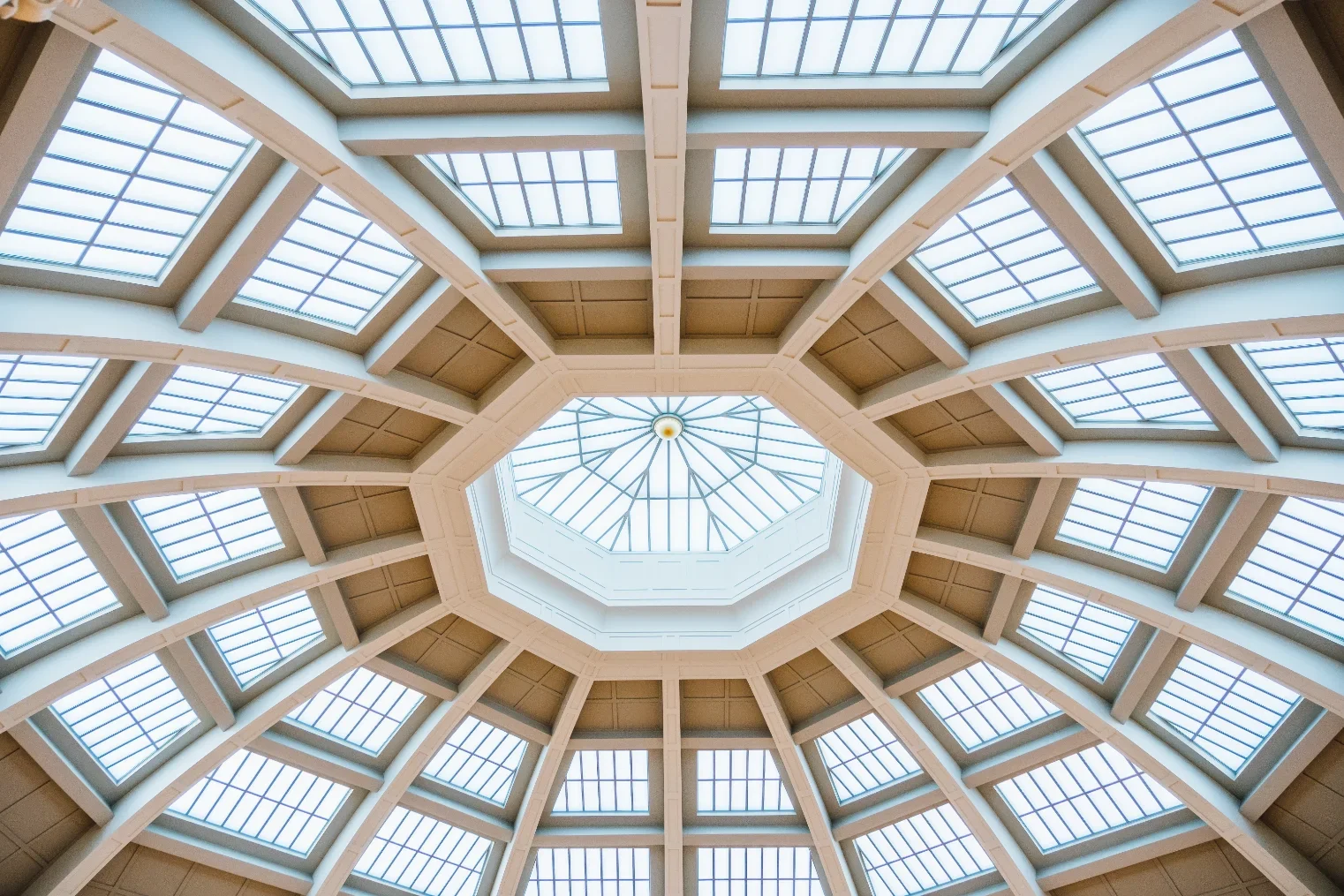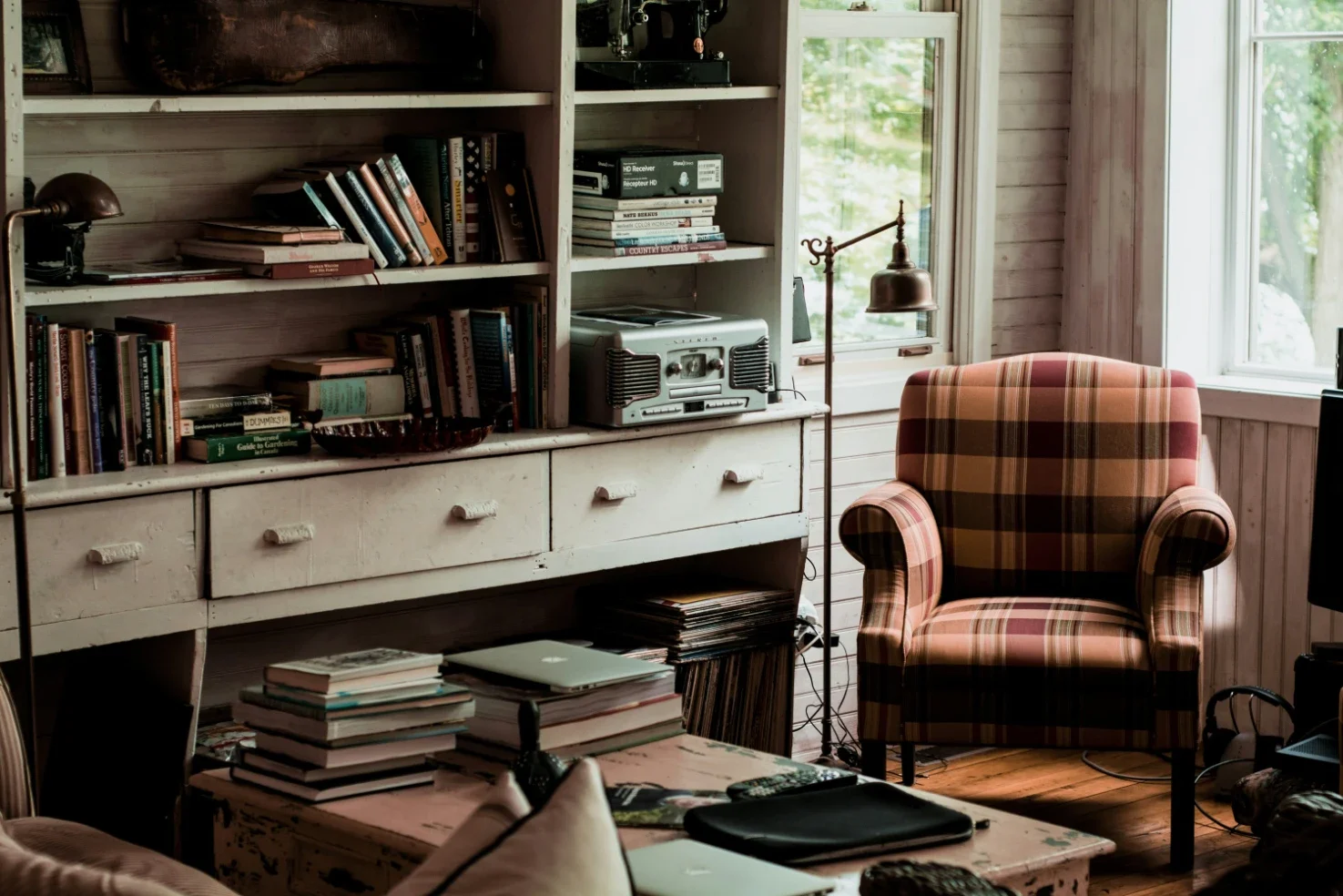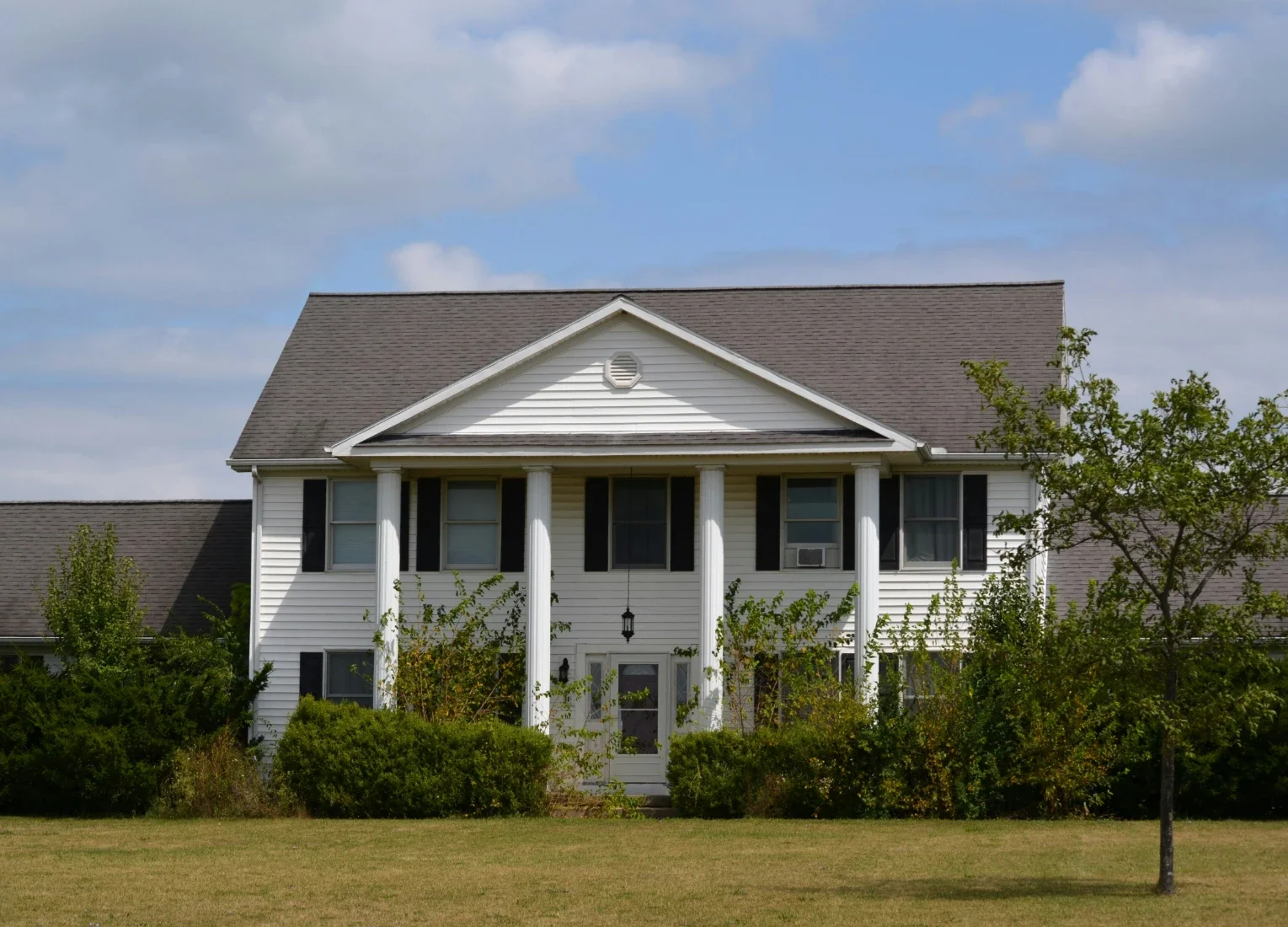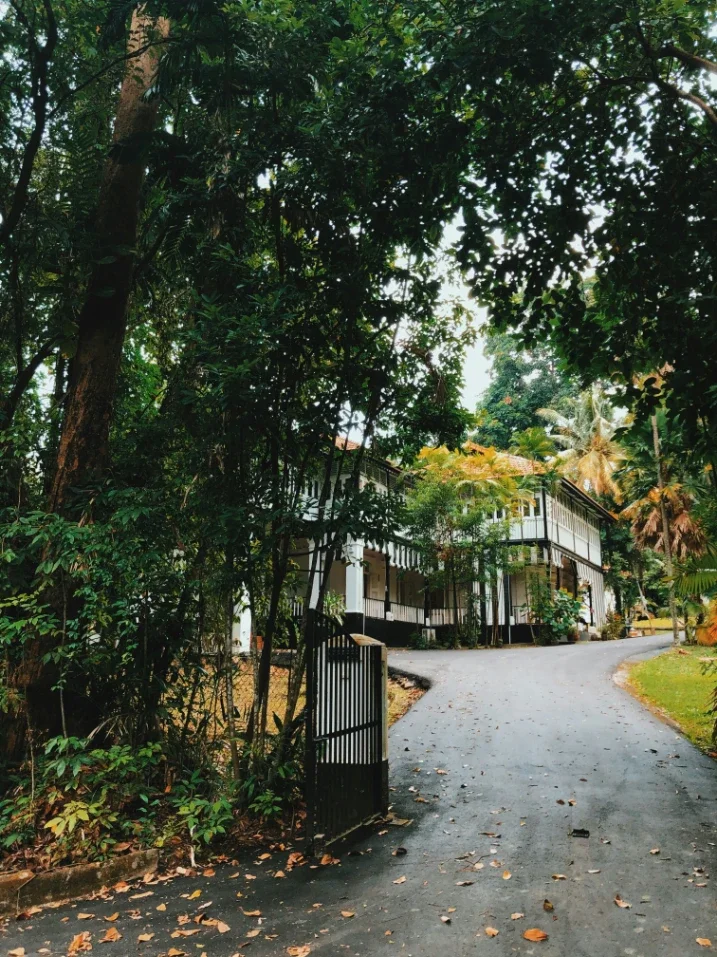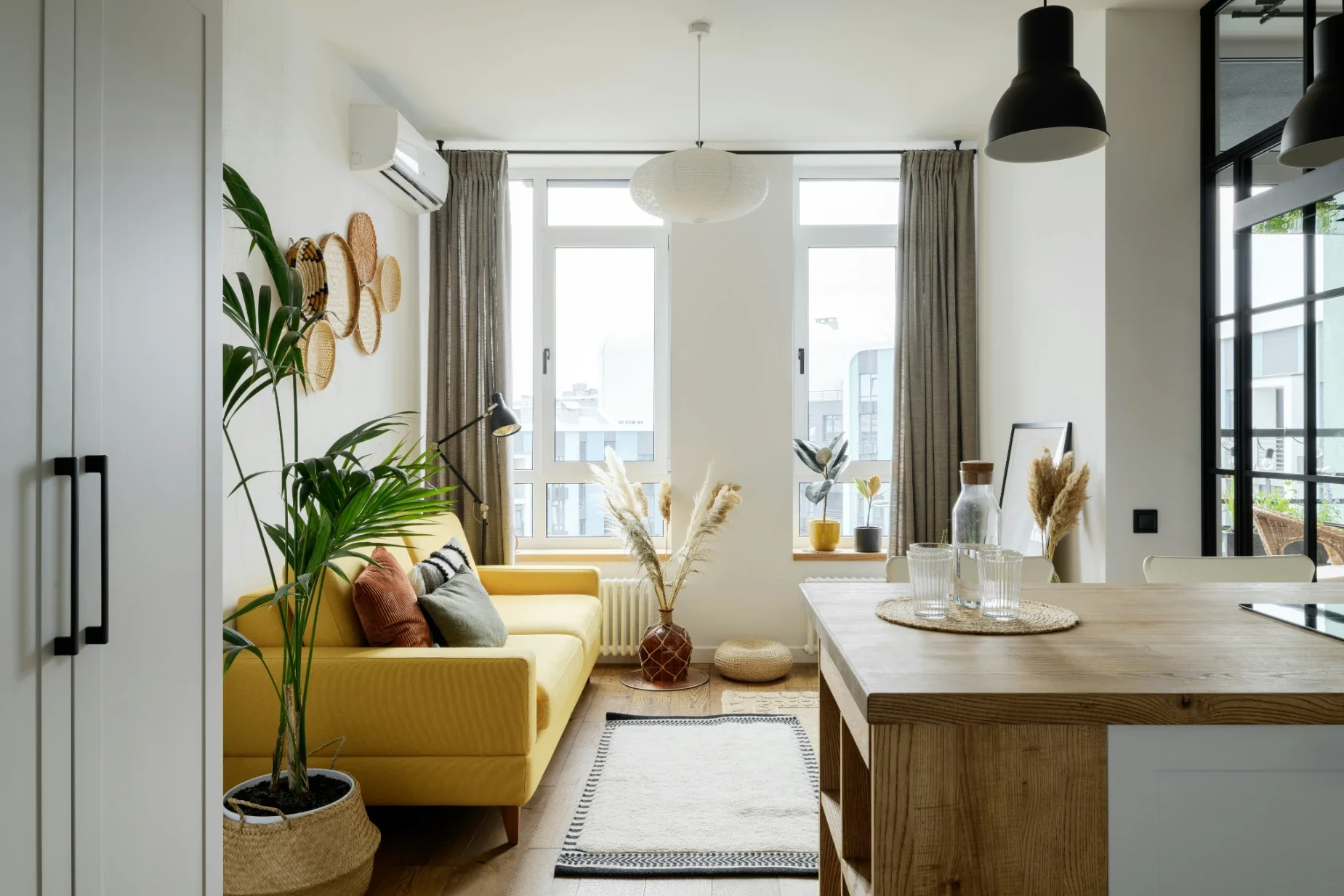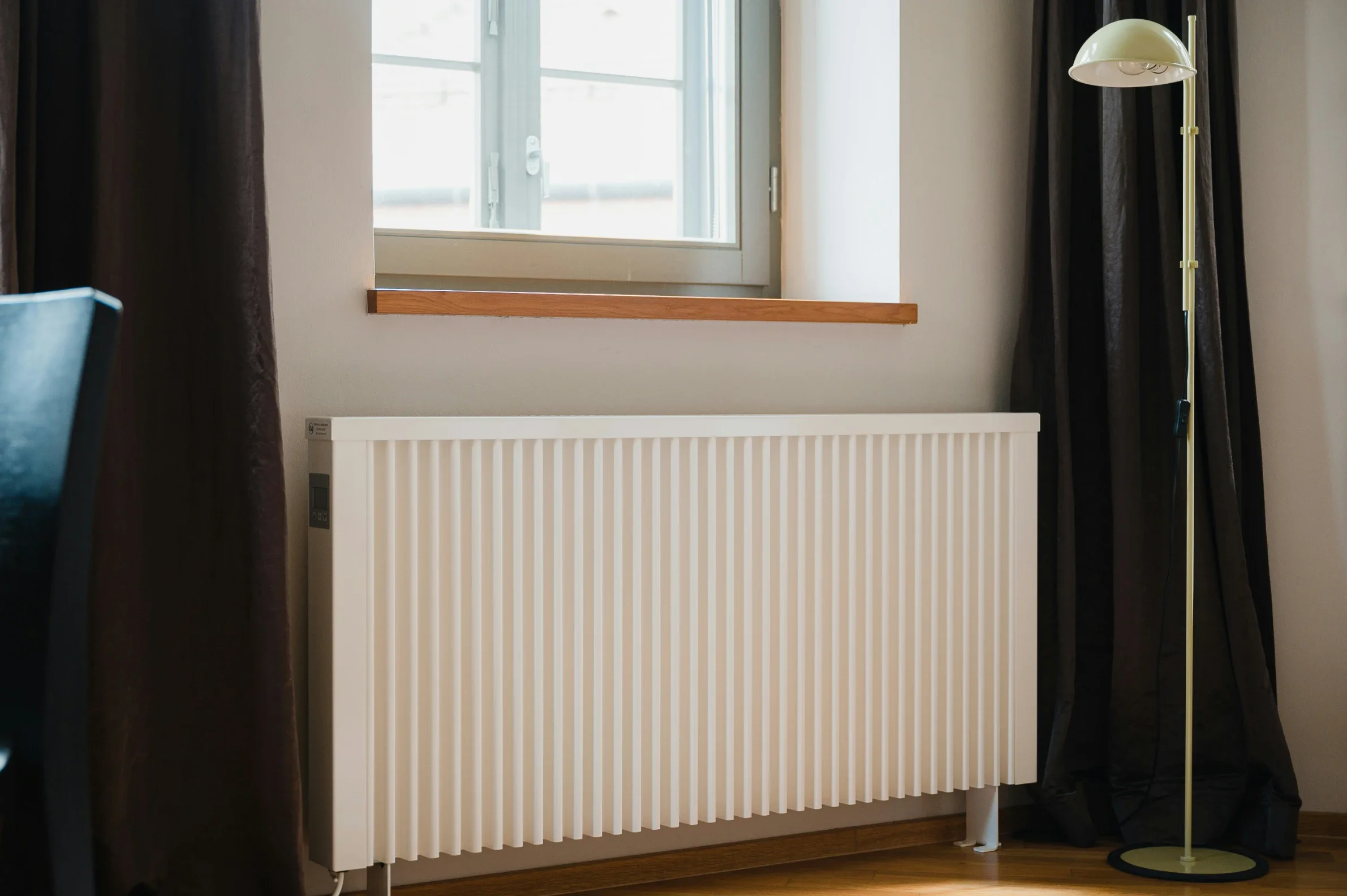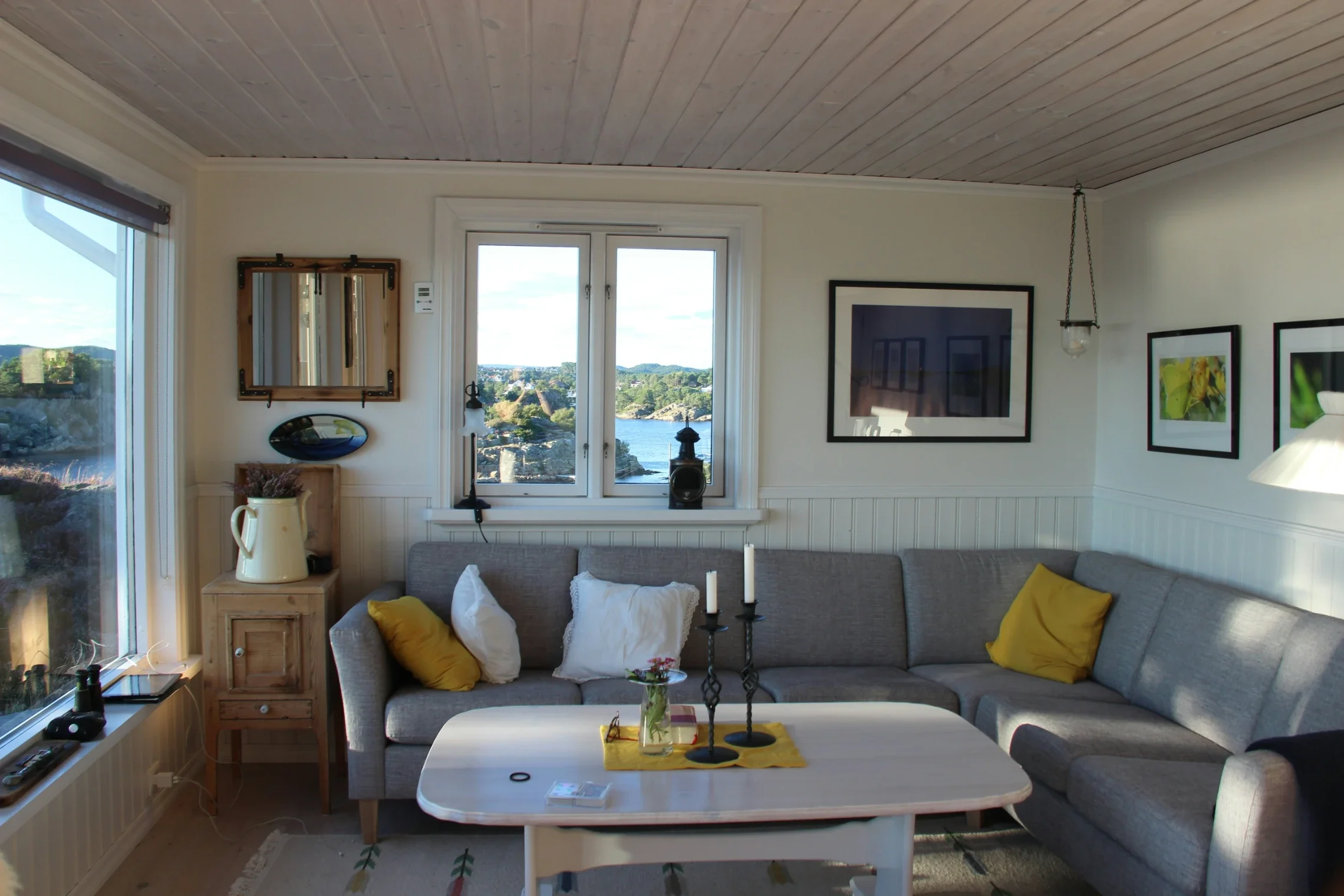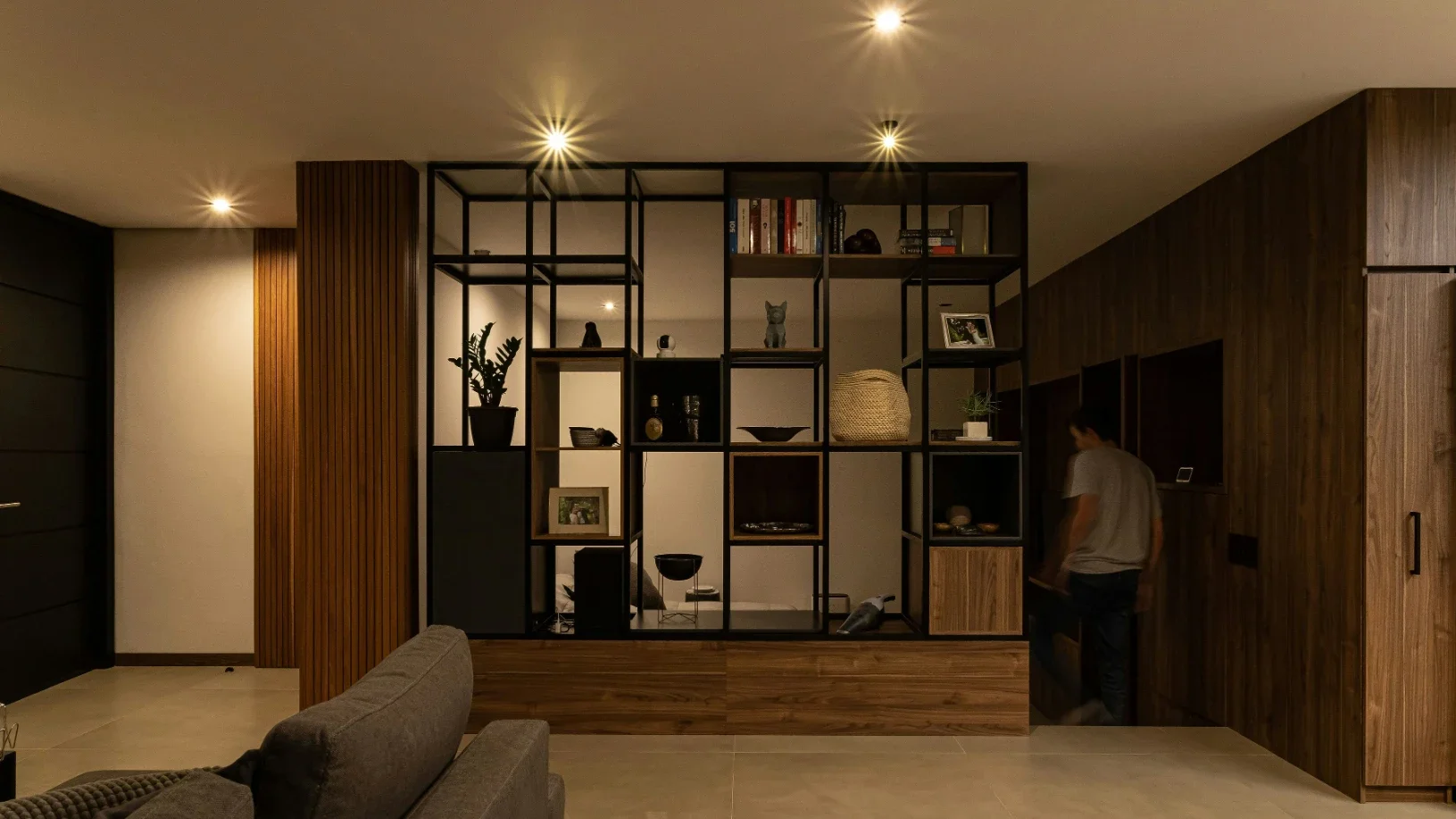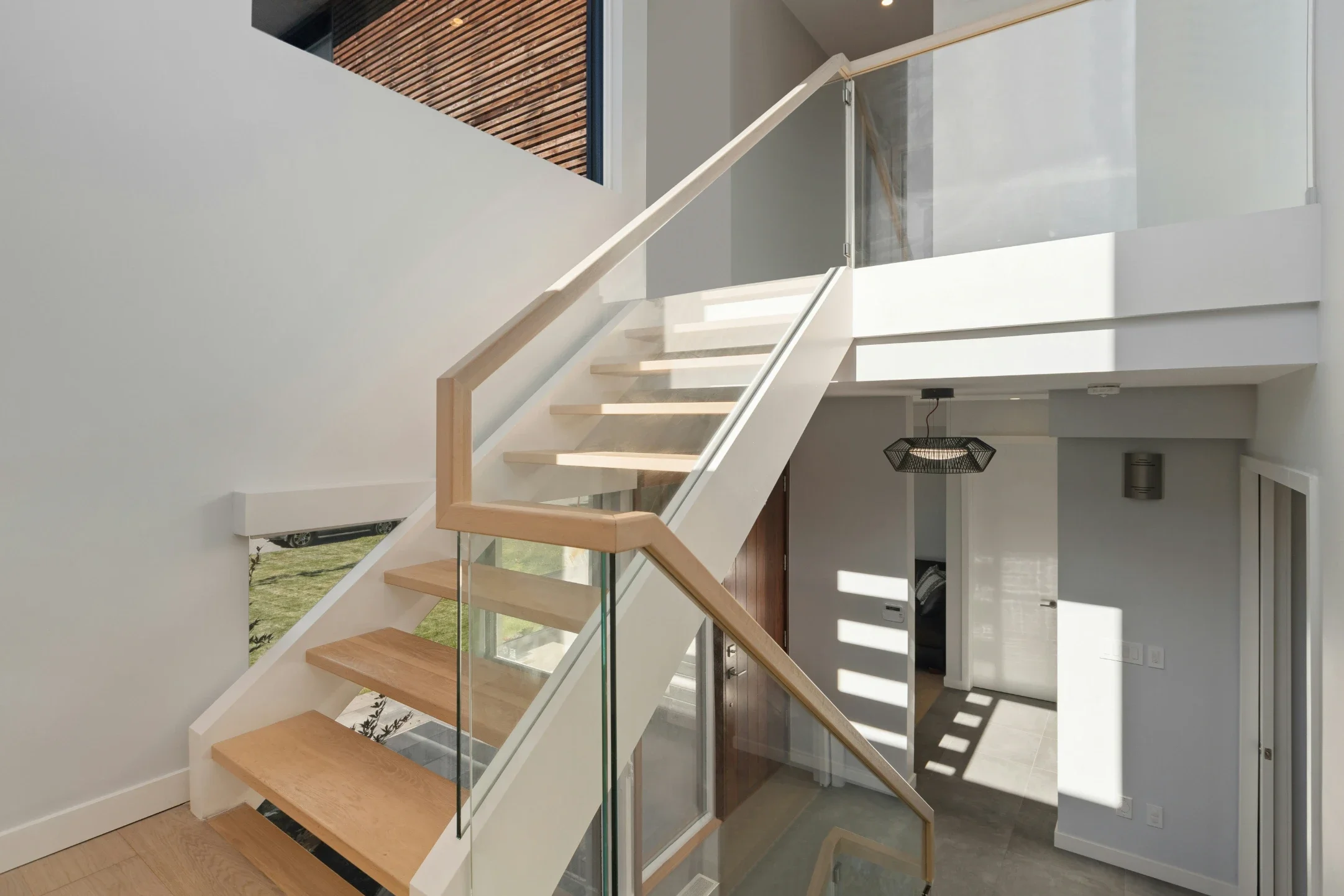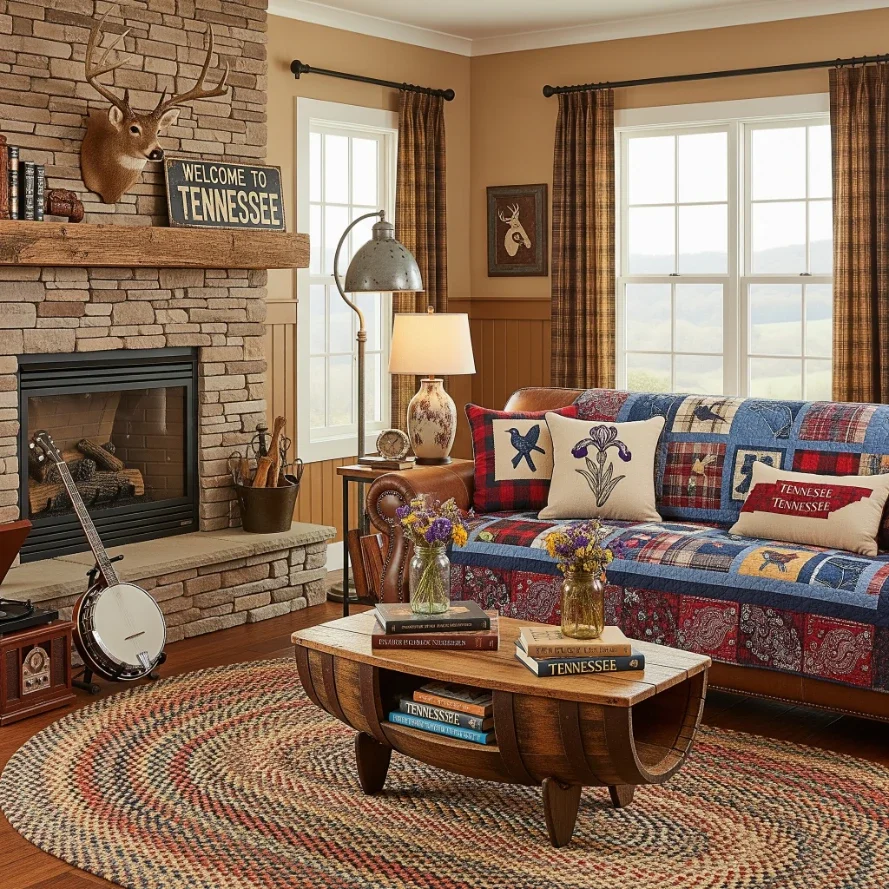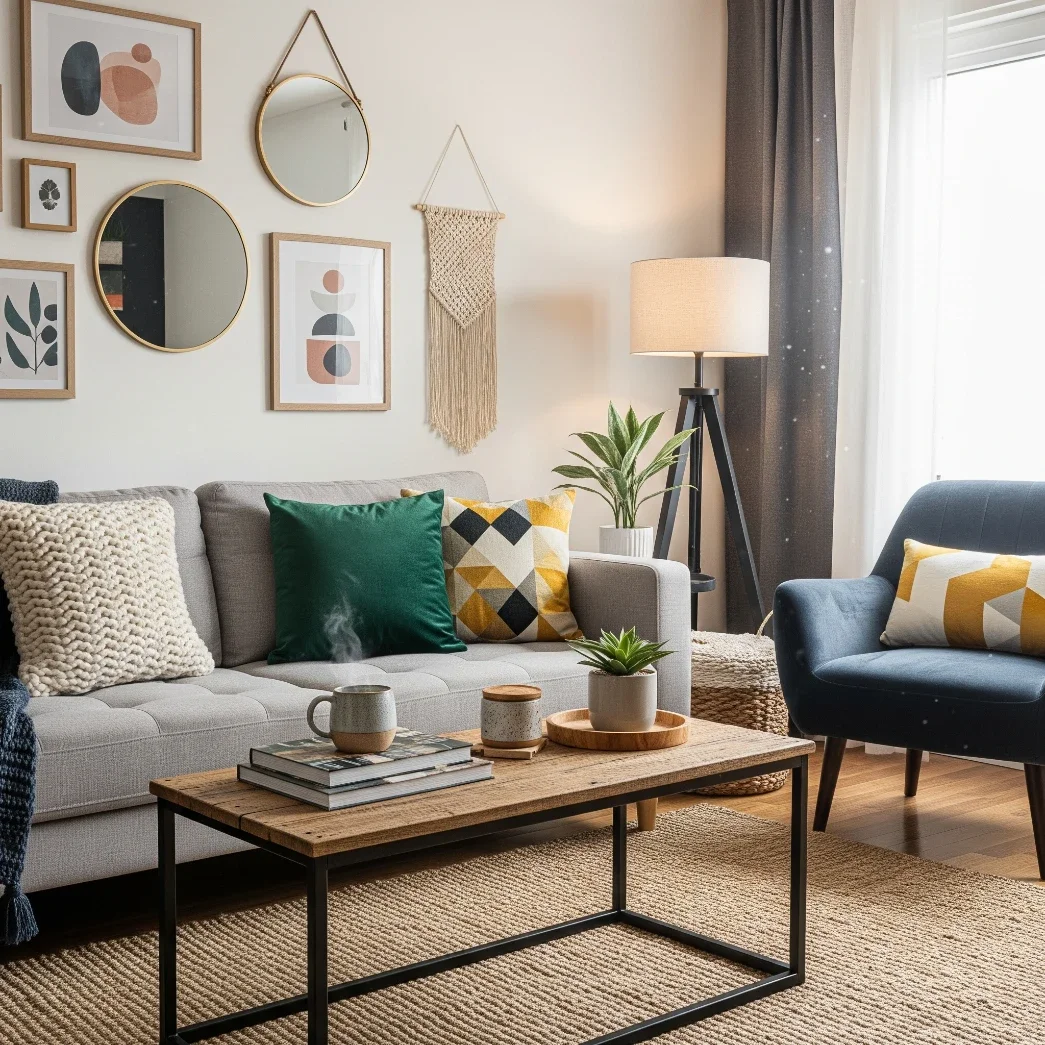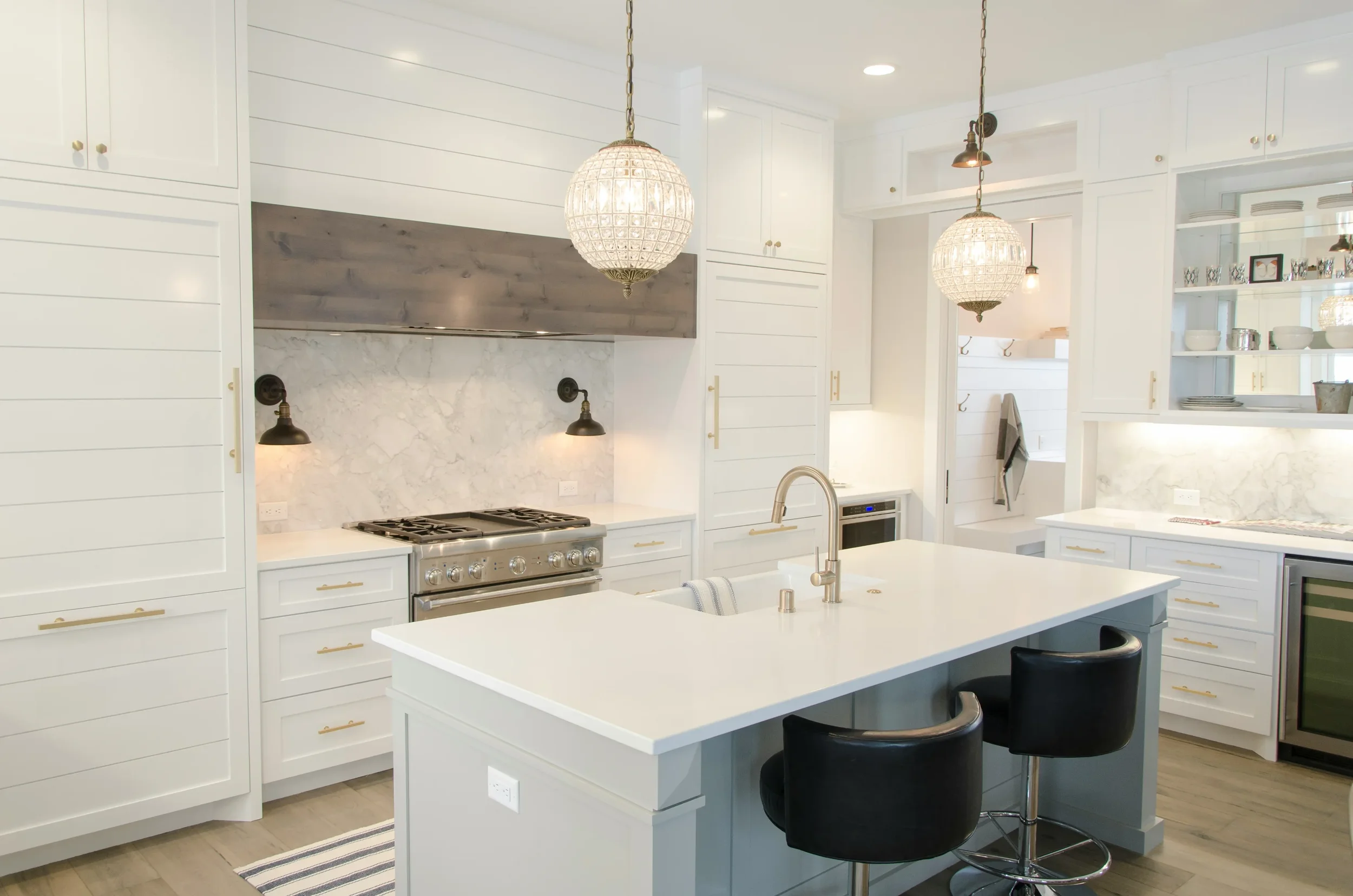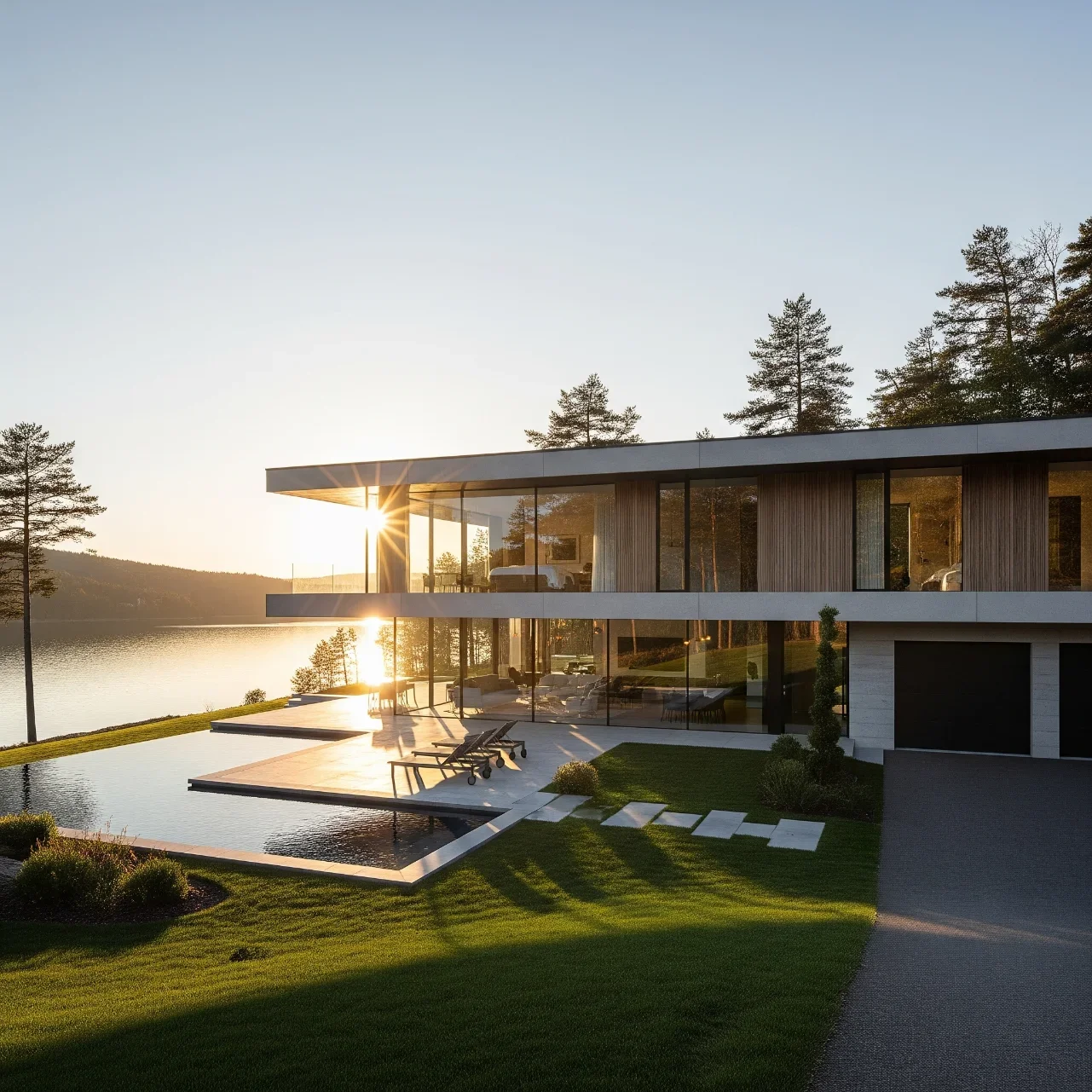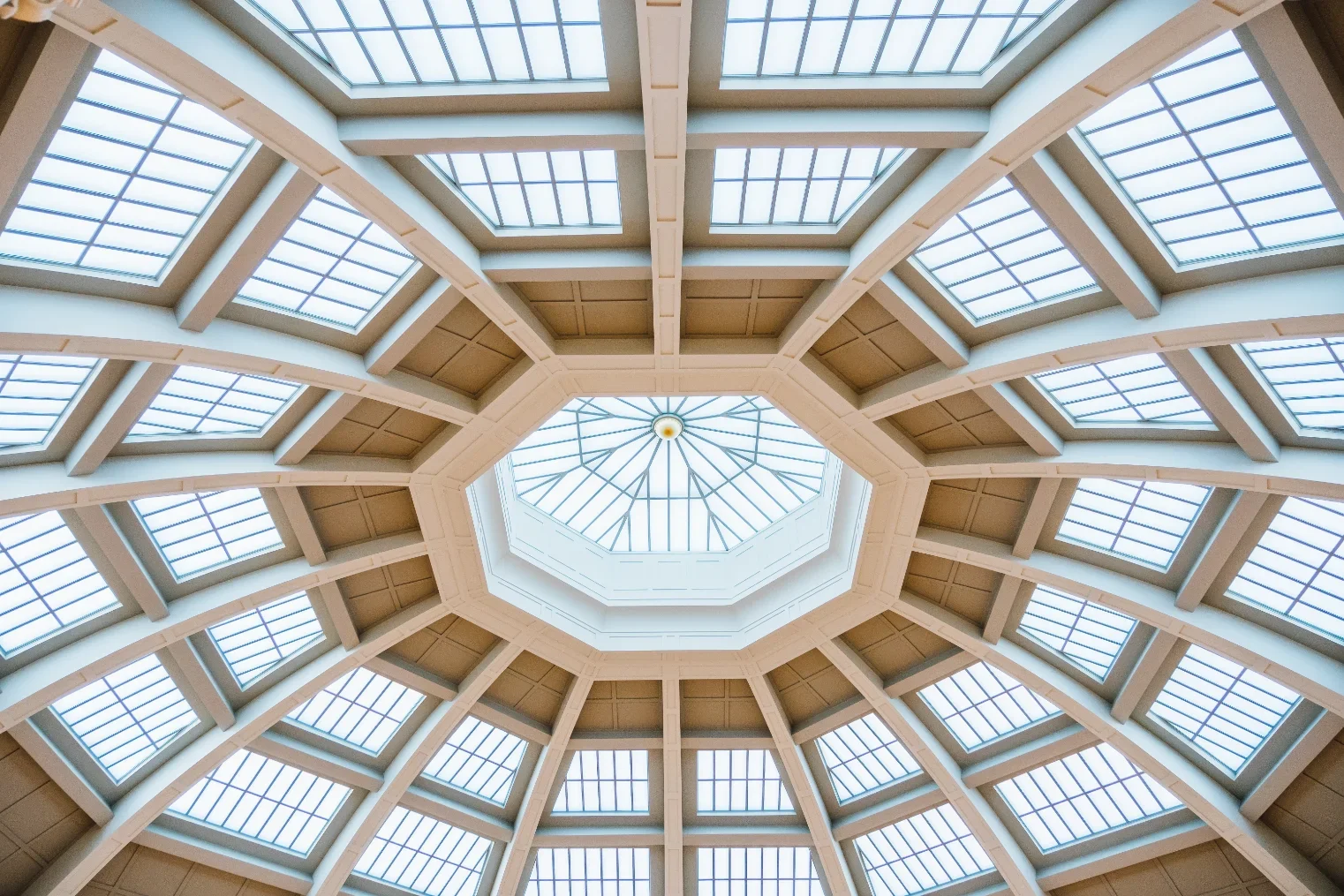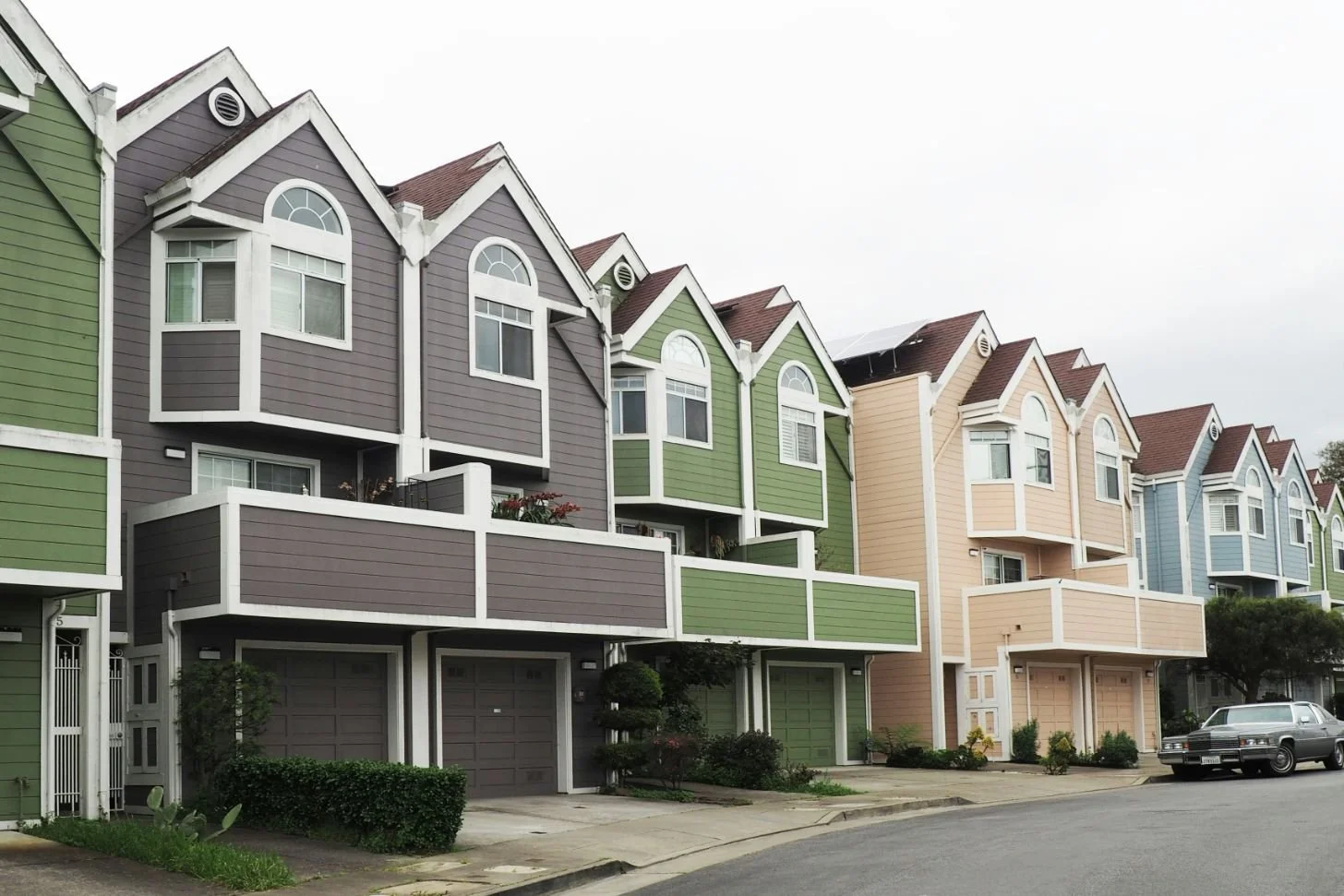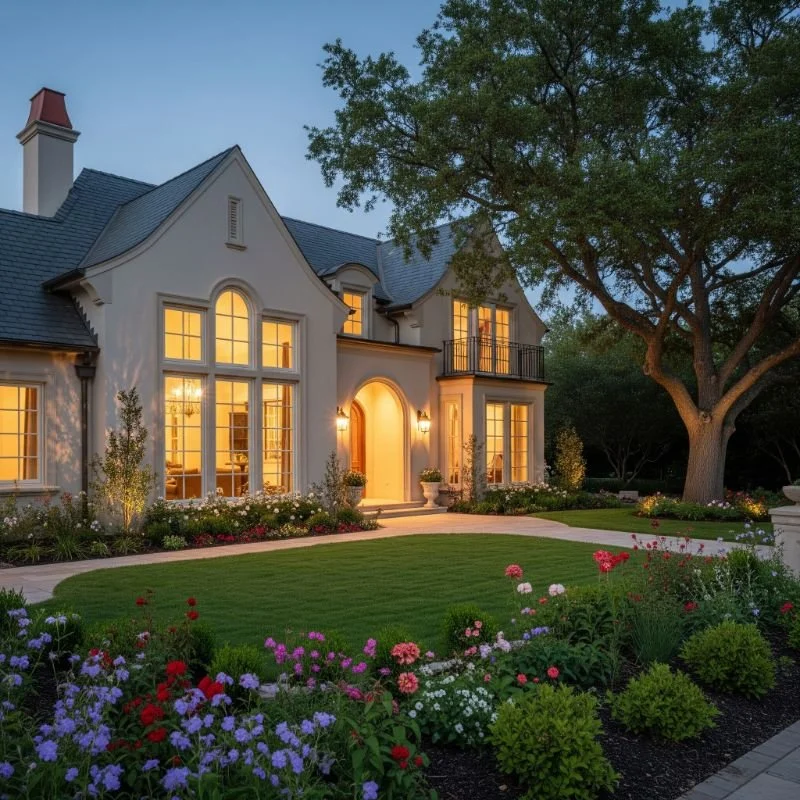Why Skylights Are the Perfect Upgrade for Your Home
Discover how skylights can brighten your home, boost energy efficiency, and add style—making them the perfect upgrade for any living space.
If your home feels a little dark or stuffy, this is a sign that you need an upgrade of skylights, adding an extra touch to the aesthetics of your space. Sometimes called skylights, skylights allow deeper reflection of sunlight, fresh air, and even save you money on energy bills.
Before you get started on these upgrades, there are key pointers you should be aware of before hiring a professional. This ranges from the type of skylight with its specific peculiarities to the materials they are made of.
What Are Skylights?
Rooflights are windows or glass panels installed into a home's building, serving as illumination to bring extra brightness into rooms where wall windows aren’t enough. They are unique architectural designs specially made as the ideal solution for natural lighting in domestic, commercial, and retail applications.
Depending on your rooftops and price budget, you can opt for traditional or electric skylights, as they come in different options ranging from fixed skylights, opening skylights, and walk-on floorlights, each tailored to transform your home or commercial space.
Types of Skylights and Their Functionalities
Aside from demanding better ventilation and stylish designs that suit your home, there are specific needs you should always watch out for when selecting a skylight. Below are detailed explanations on the major types of skylights and how each serves a unique purpose.
1. Walk-on skylights: These panels are built for terraces and outdoor areas that are strong enough to handle high traffic movements with little to no scratches. They are perfect for homes built for a very long time, as they often have a load capacity of up to 5.0 kN/m² (UDL). Walk-on skylights have anti-slip glass that meets the standard British requirement for wet areas like kitchens and bathrooms, with a long life expectancy and no signs of discoloration.
2. Fixed skylights: Unlike walk-on skylights, which have the durability to withstand extreme conditions, fixed skylights are ideal for spaces where ventilation is needed. Examples are hallways, staircases, and verandas. Fixed skylights cannot be opened, but are designed mainly for the aesthetics of hallways, as their glasses come with arts and sleek carvings that make the exterior of a home look beautiful.
3. Pitched or pyramid skylights: These are designed for angled roofs, serving as an elegant solution for homeowners looking to maximise natural light at the highest point of their roof. Depending on your preference, they can be fixed or open, and they are mostly common in lofts or upper-floor rooms.
4. Flat skylights: This has always been a go-to option for the majority, considering how they come in all styles, ranging from dome, pyramid, or even fully flat glass. They are a good fit for modern home architectures, as they are low maintenance and cost-effective.
End note
The skylights you should be considering for your home should depend on three main factors: your budget, the frames they are made of, and the type of your rooftop. Fixed models are usually the cheapest, while walk-on models are more expensive.
If you want to bring in more sunlight reflections, improve ventilation, or just make your house feel more like a home, installing the perfect skylights might just be the simple upgrade you've been missing.
